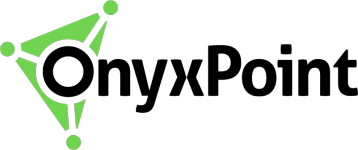
Job Title
Category
Location
System Engineer 3
Category
Information Technology
Location
Hanover, MD
DevOps Engineer Skill Level 2
Category
Information Technology
Location
Hanover, MD
Devops Engineer Skill Level 3
Category
Information Technology
Location
Hanover, MD
DAC Systems Engineer Skill Level 3
Category
Information Technology
Location
Hanover, MD
Software Engineer Skill Level 2
Category
Information Technology
Location
Hanover, MD
DAC Software Engineer Skill Level 2
Category
Information Technology
Location
Hanover, MD
Development & Sustainment Software Engineer Skill Level 2
Category
Information Technology
Location
Hanover, MD
Cybersecurity Engineer Skill Level 2
Category
Information Technology
Location
Tysons, VA
Data Engineer Skill Level 3
Category
Information Technology
Location
Tysons, VA
Software Engineer Skill Level 2
Category
Information Technology
Location
Tysons, VA
Technical Writer Skill Level 3
Category
Information Technology
Location
Hanover, MD
Software Engineer Skill Level 2
Category
Information Technology
Location
Hanover, MD
Software Engineer Skill Level 1
Category
Information Technology
Location
Hanover, MD
Information Systems Security Officer Skill Level 3
Category
Information Technology
Location
Hanover, MD
Senior Dataflow Engineer
Category
Information Technology
Location
Annapolis Junction, Maryland
Software Engineer Skill Level 3
Category
Information Technology
Location
Tysons, VA
System Administrator Skill Level 3
Category
Information Technology
Location
Hanover, MD
Entry Level Software Engineer w/ Java
Category
Information Technology
Location
Hanover, MD
Software Engineer Skill Level 1
Category
Information Technology
Location
Augusta, GA
Software Engineer Skill Level 1
Category
Information Technology
Location
Hanover, MD
Senior Information System Security Officer
Category
Information Technology
Location
Annapolis Junction, MD